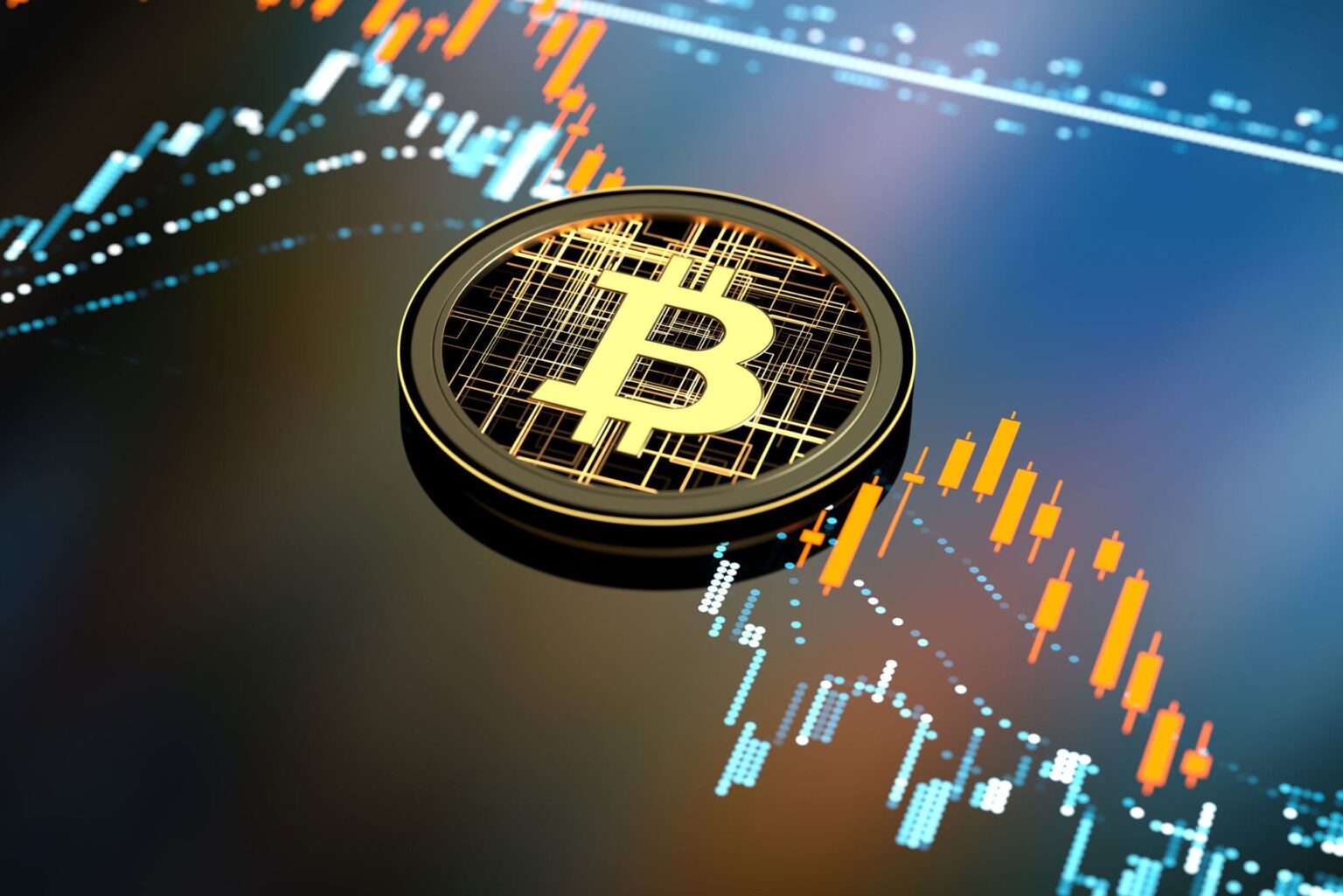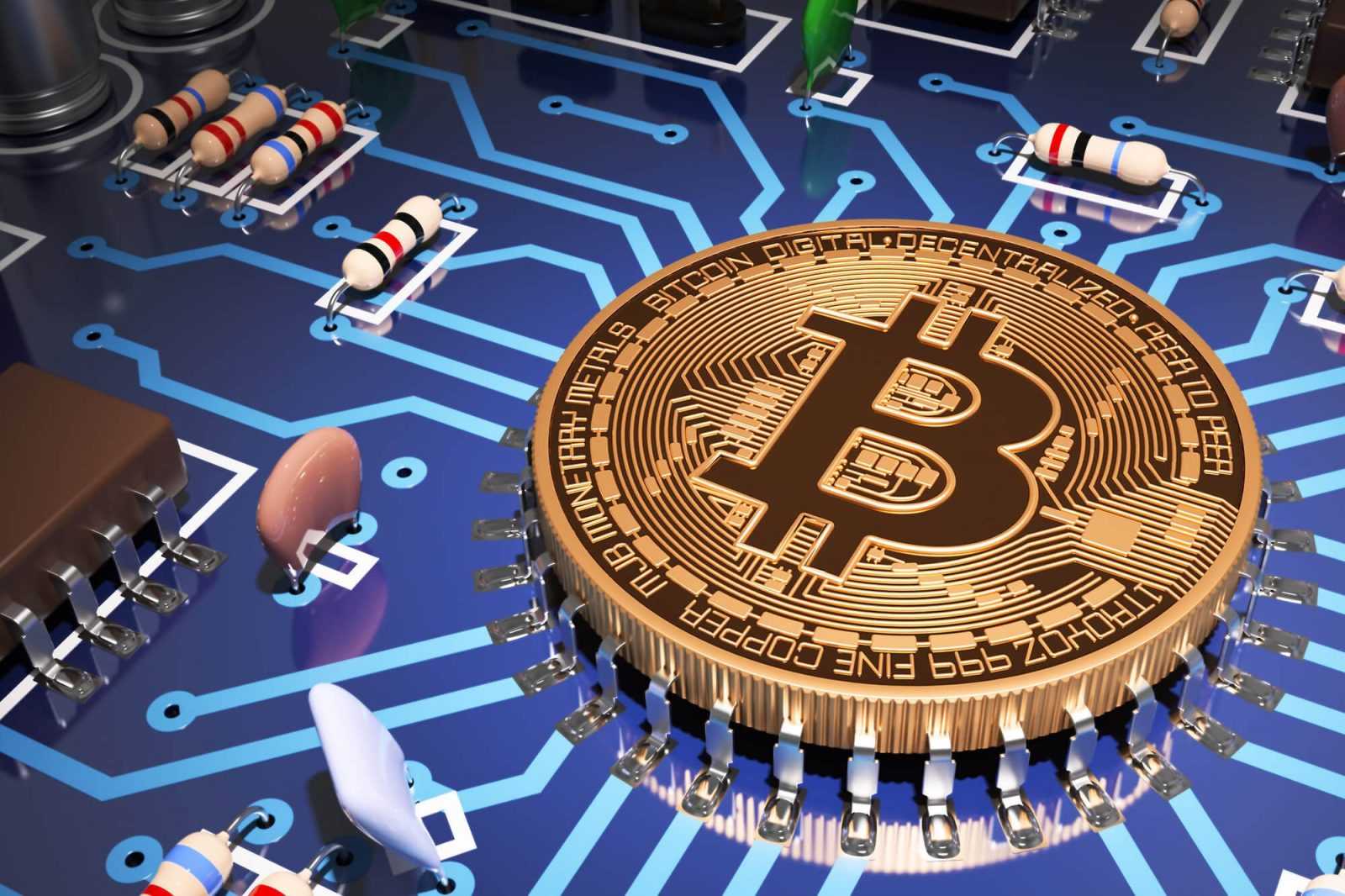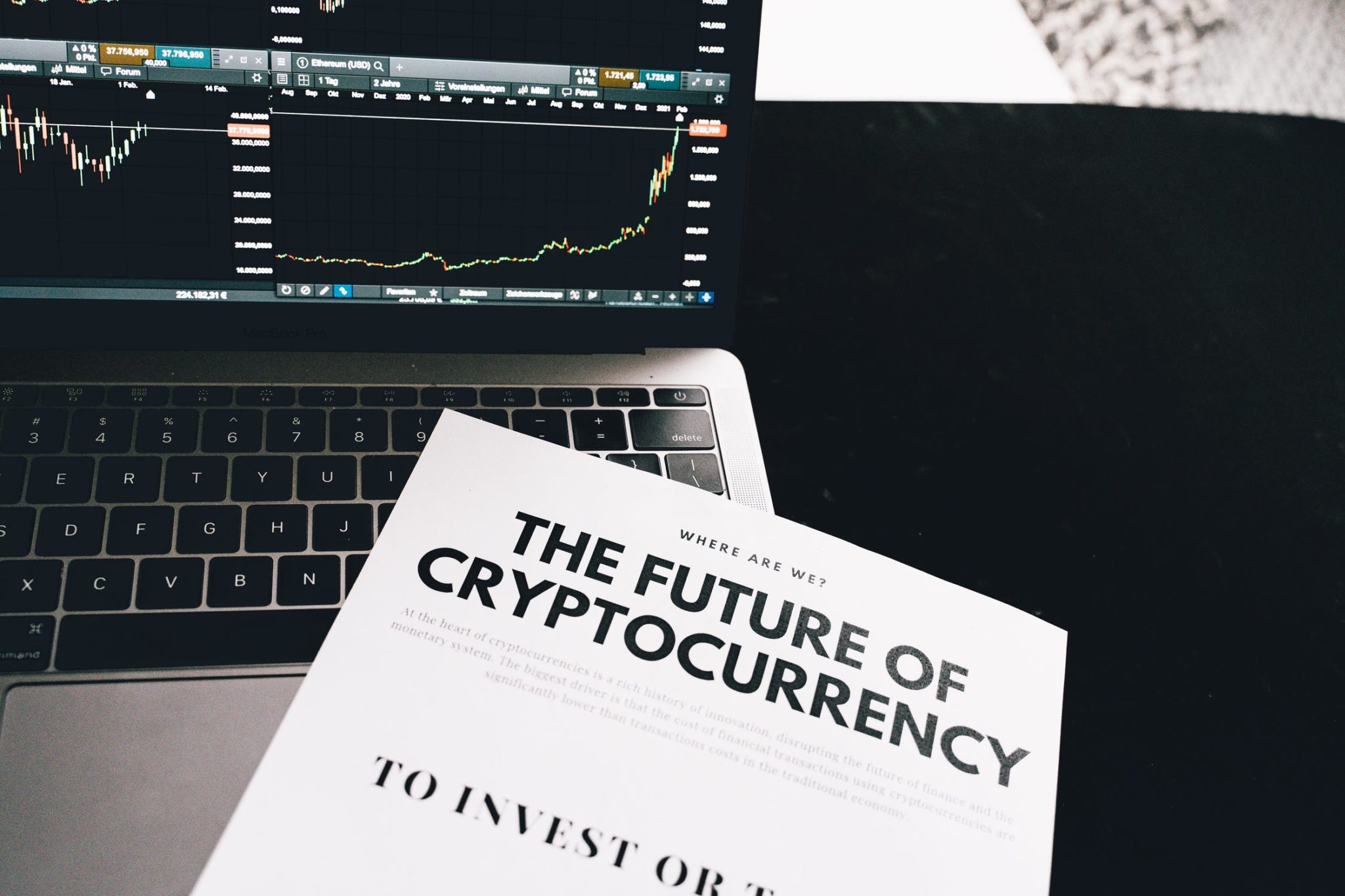Bridging Digital and Physical Assets: The Role of New Cryptocurrencies

The emergence of new cryptocurrencies has introduced a transformative potential to bridge the gap between digital and physical assets. Unlike traditional fiat currencies, which are centralized and limited in their ability to represent ownership of tangible items, cryptocurrencies offer unique capabilities that enable the creation of a seamless link between the digital and physical worlds.

One key aspect of this bridging role is the development of non-fungible tokens (NFTs). NFTs are unique digital assets stored on a blockchain that represent ownership of specific physical or digital items. By attaching an NFT to a physical asset, such as a piece of art or a collectible, its ownership can be authenticated, stored securely, and easily transferred within the blockchain ecosystem. This integration allows for the creation of new markets for physical assets while enhancing their liquidity and accessibility.

Furthermore, certain cryptocurrencies are specifically designed to facilitate the ownership and trading of real-world assets, such as real estate and commodities. Tokenized assets, where physical assets are represented by digital tokens, enable fractional ownership, lower transaction costs, and increased accessibility for investors. This innovative approach unlocks new opportunities for investors by allowing them to diversify their portfolios and invest in previously inaccessible asset classes.
Additionally, the decentralized nature of blockchain technology, on which many cryptocurrencies operate, provides a secure and transparent infrastructure for managing the ownership and transfer of physical assets. The distributed ledger system eliminates the need for intermediaries, reducing costs and increasing efficiency. The immutable nature of blockchain records ensures the authenticity and prevents unauthorized alterations, providing a reliable system for tracking asset ownership.
In conclusion, new cryptocurrency technologies play a crucial role in bridging the digital and physical asset realms. They introduce mechanisms such as NFTs and tokenized assets, which enable the creation of new markets, enhance accessibility, and improve the management of physical asset ownership. Through the utilization of blockchain’s decentralized and secure architecture, cryptocurrencies offer a transformative solution for the seamless integration of digital and physical assets, unlocking a wide range of new possibilities and economic efficiencies.
